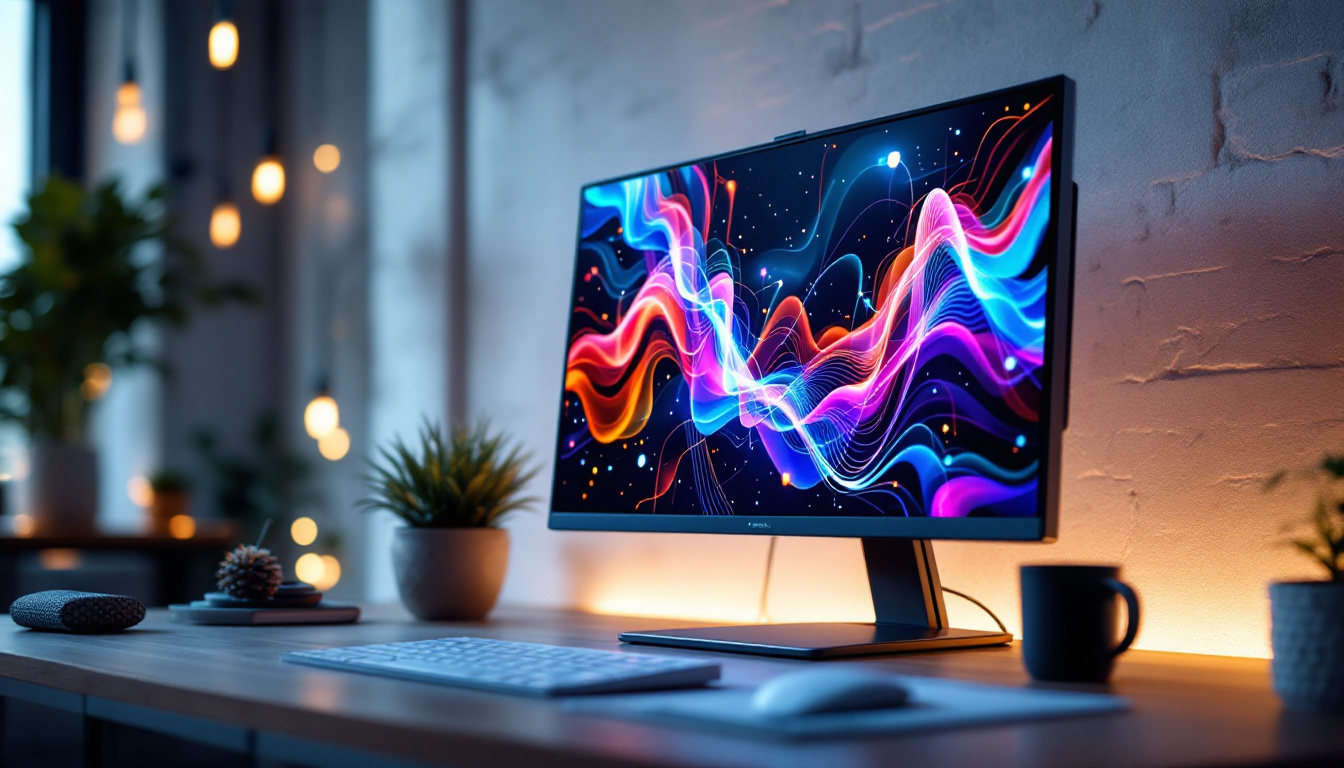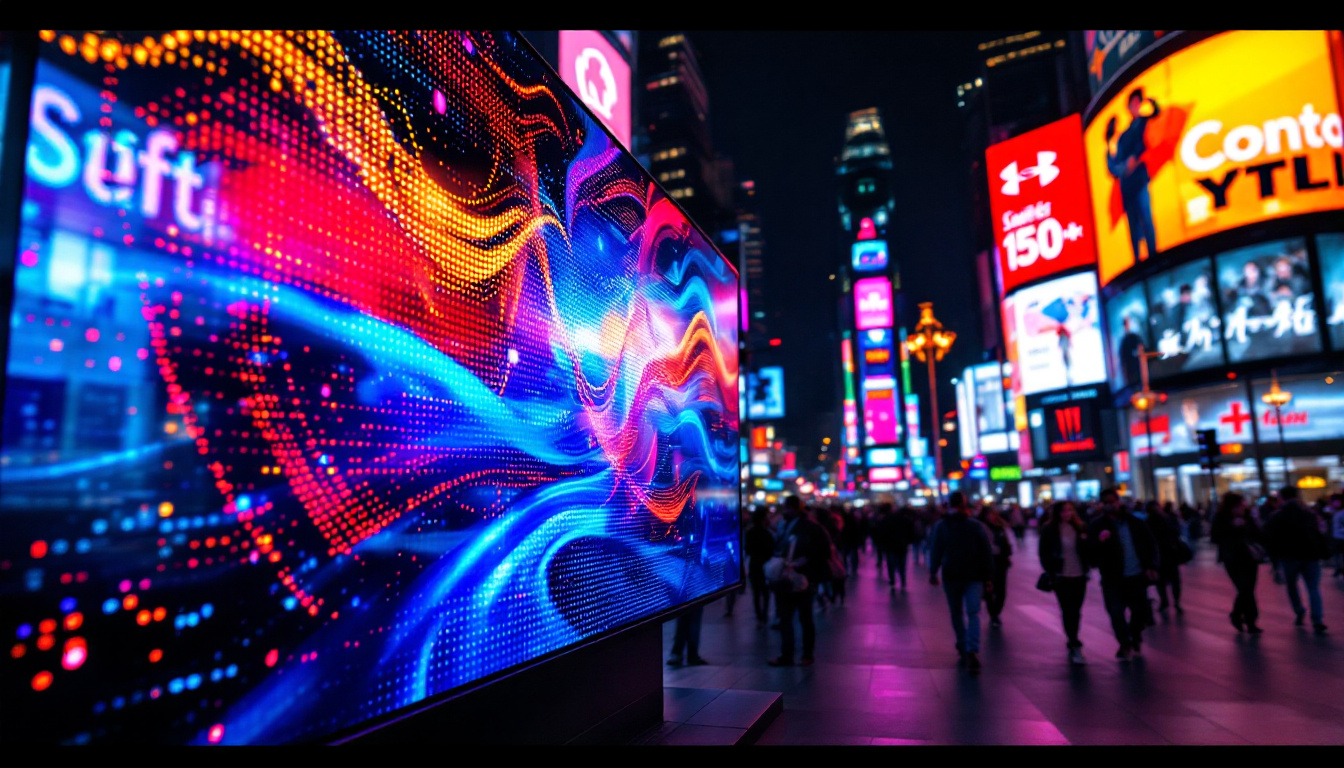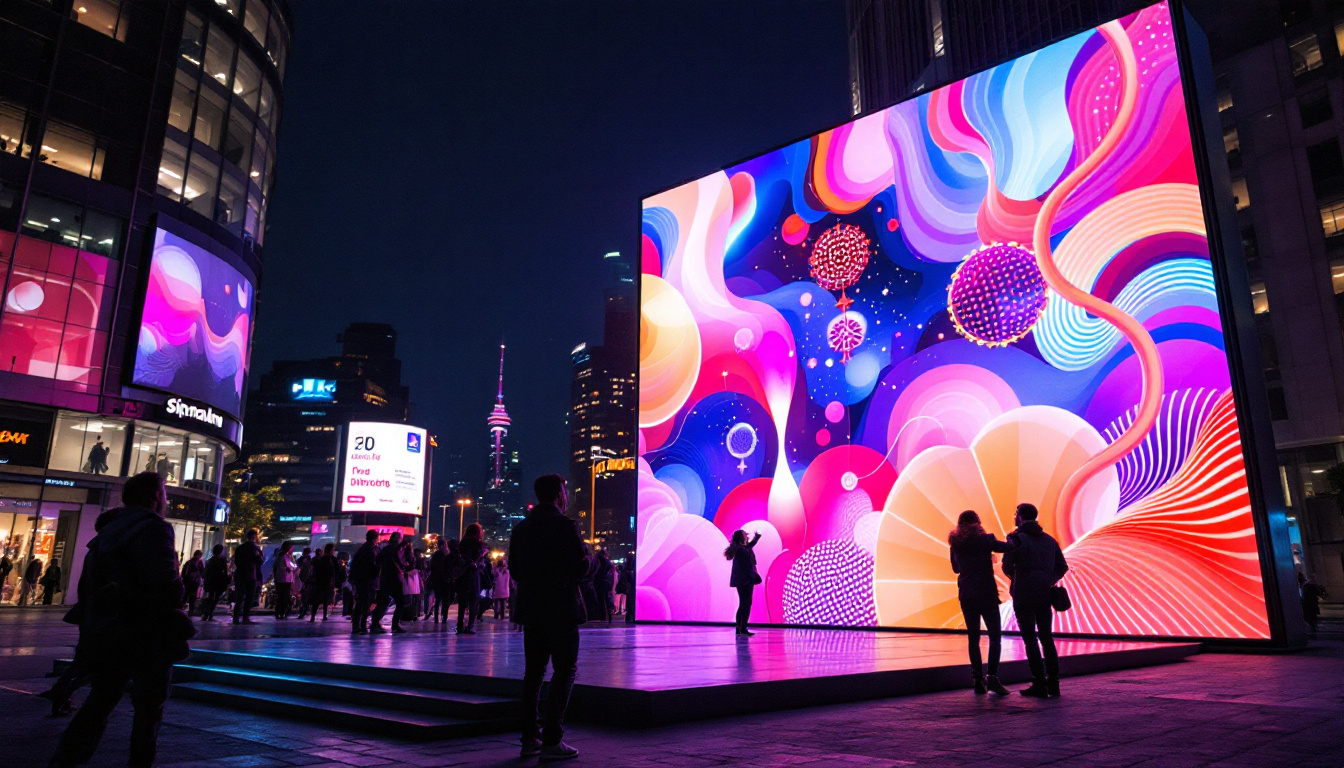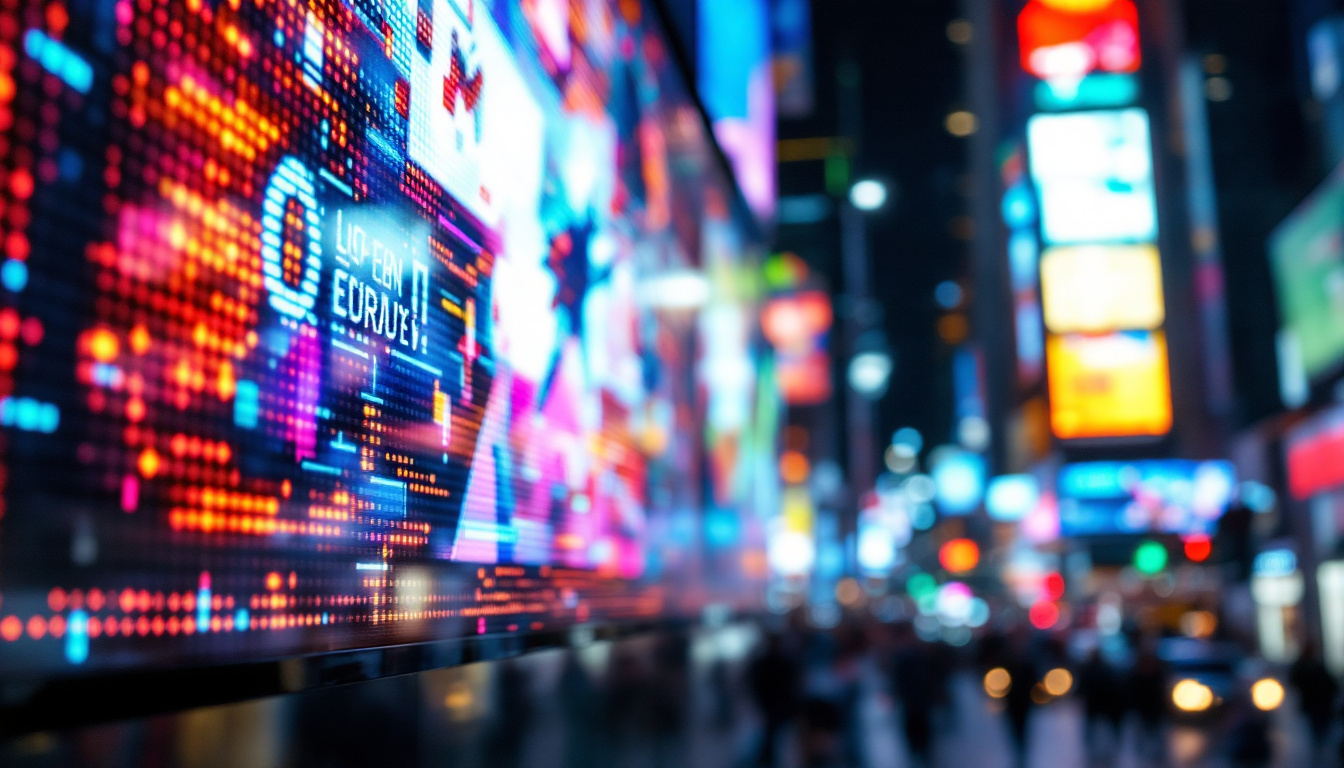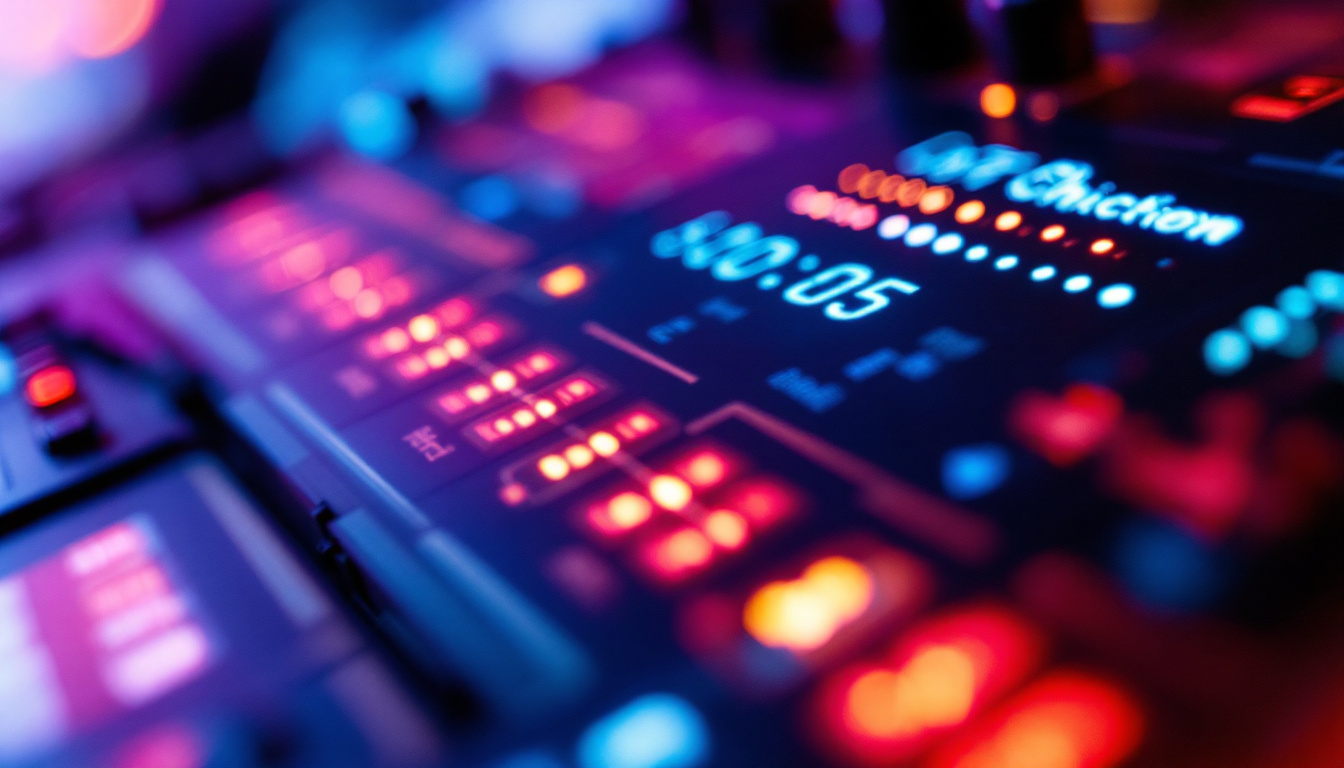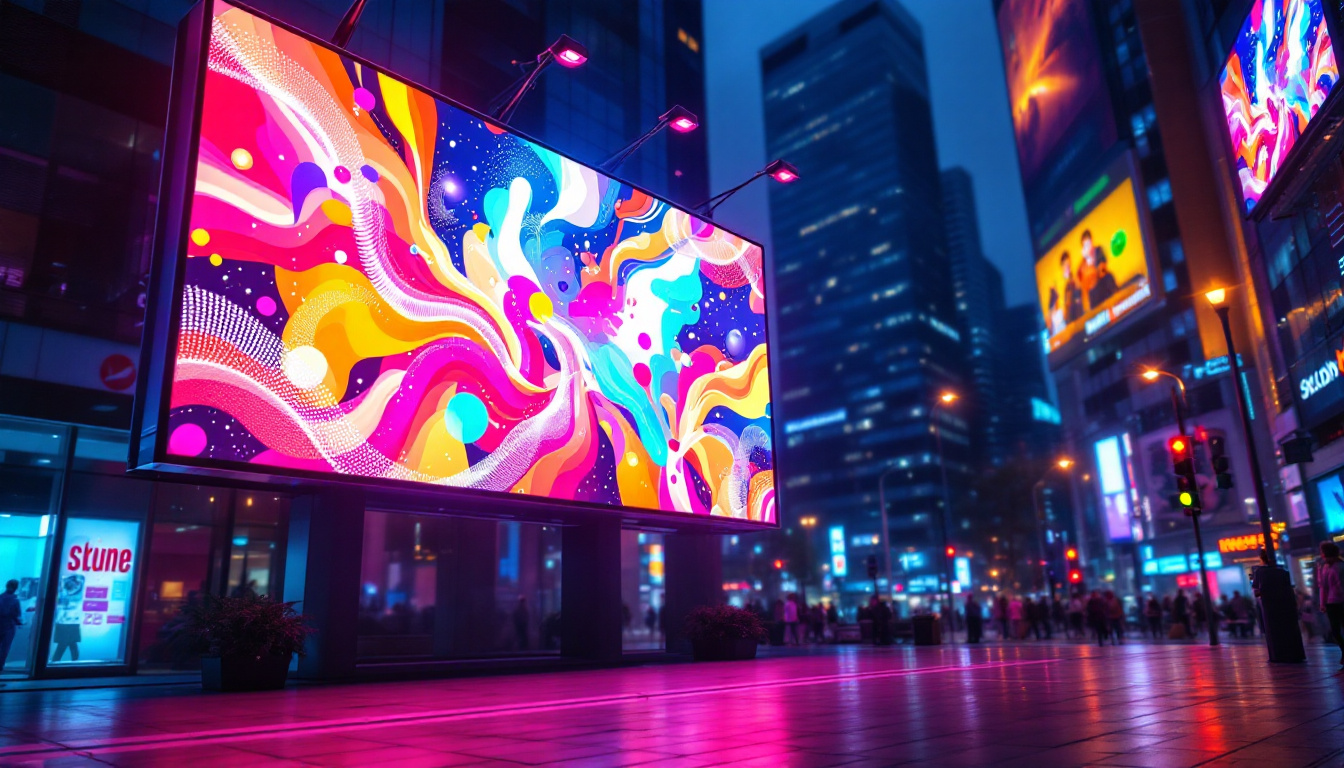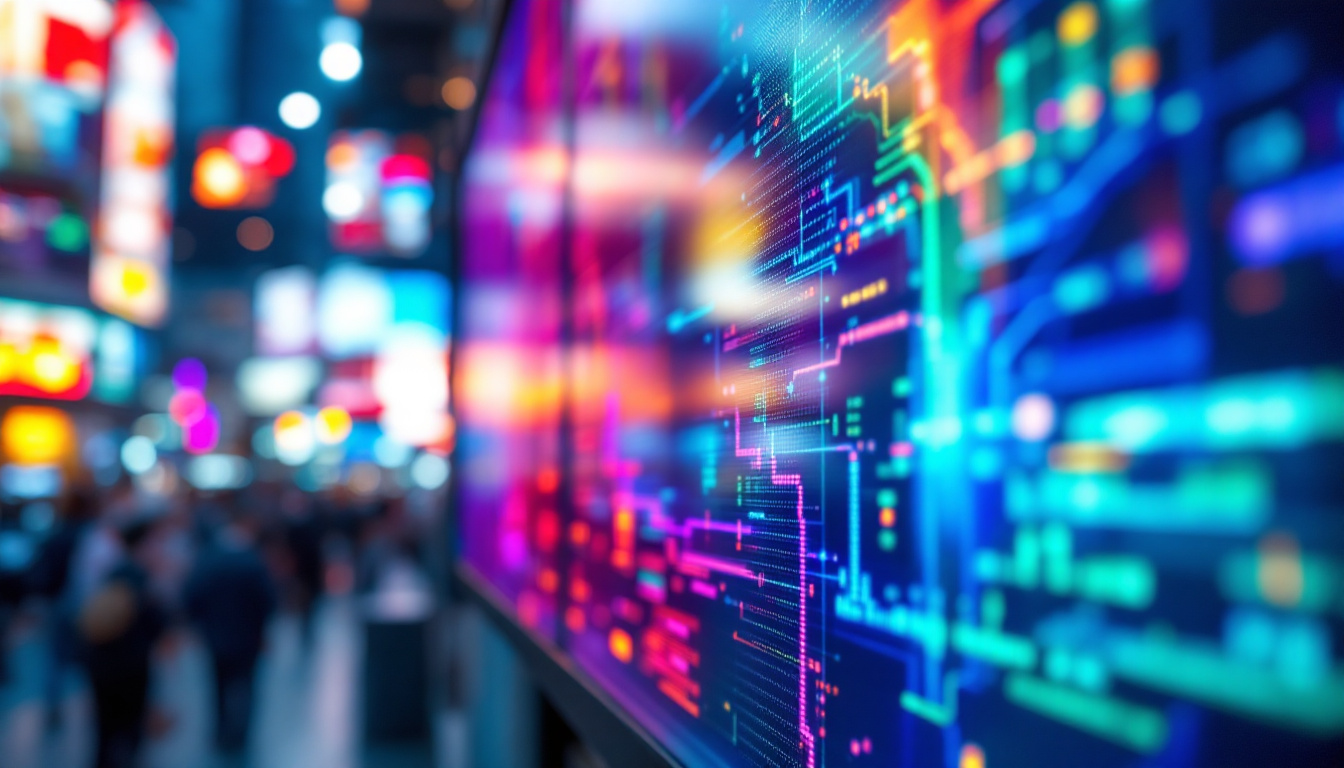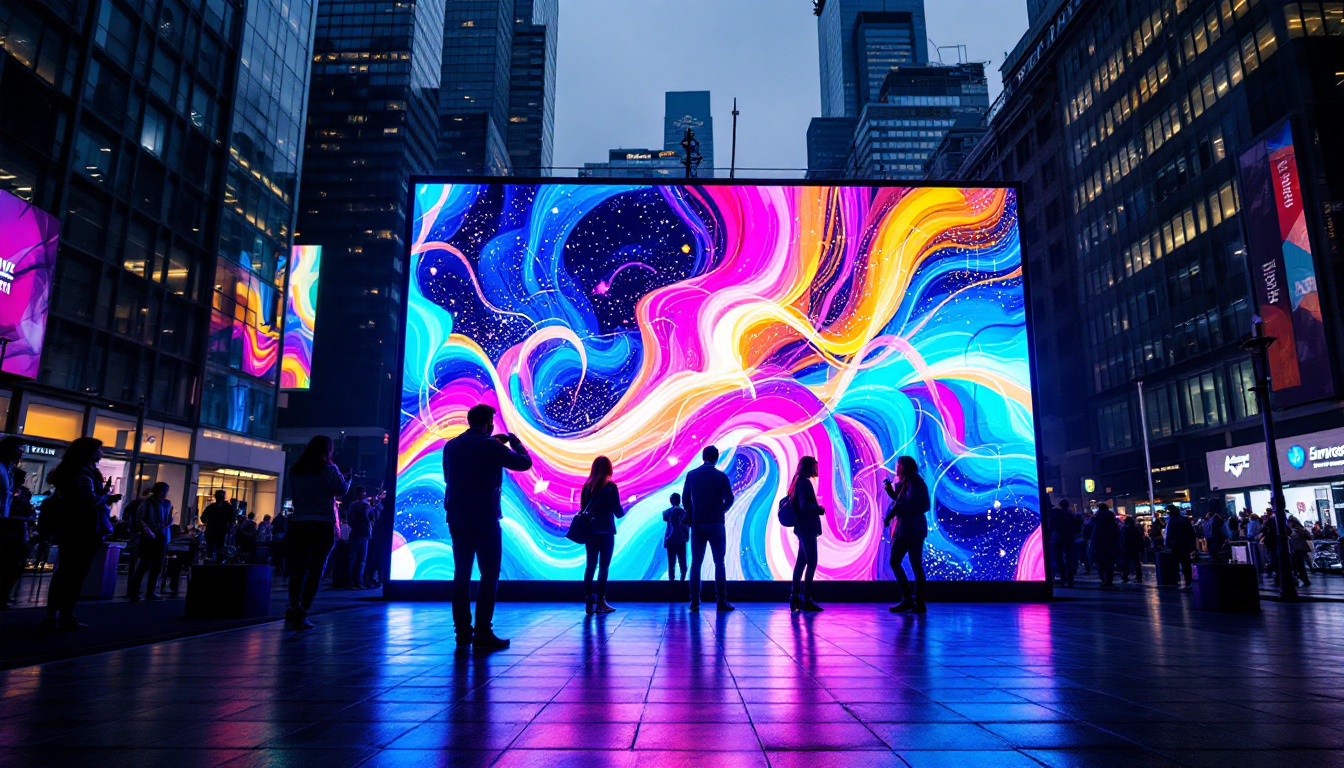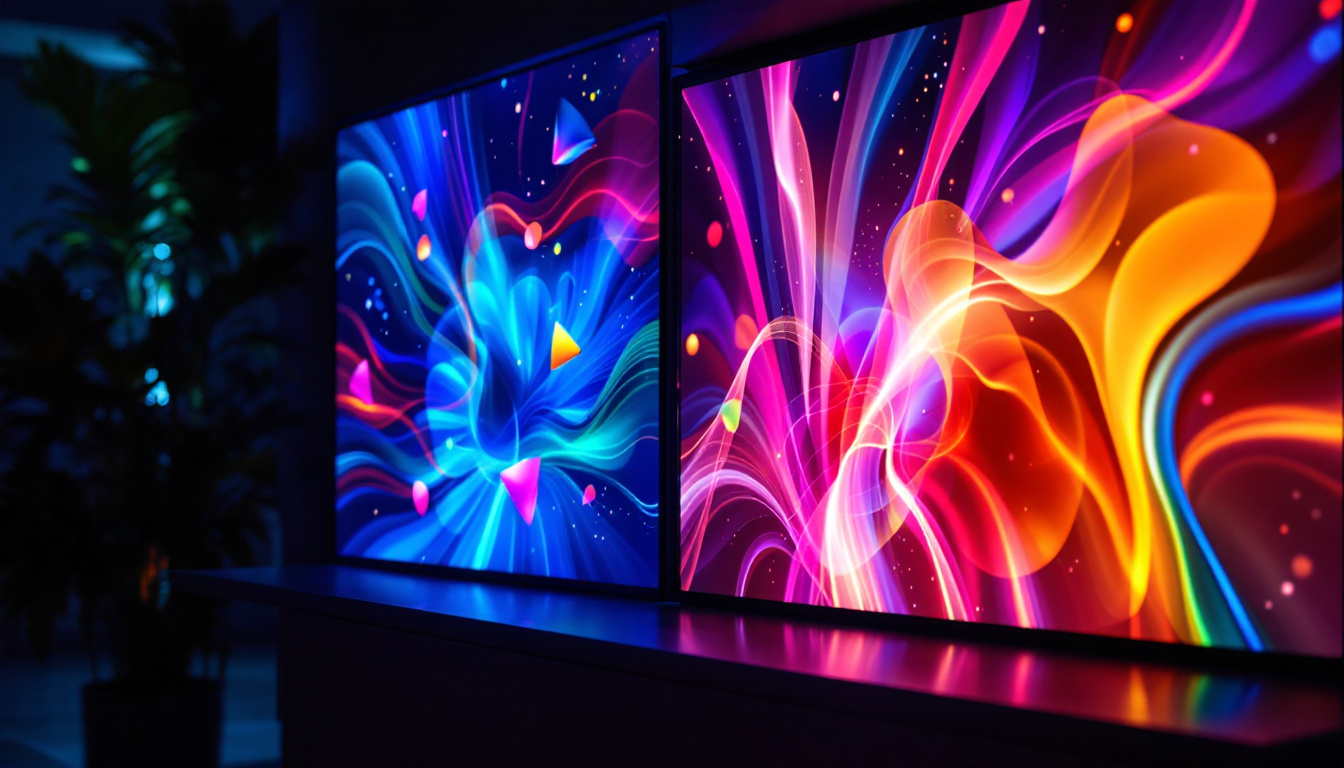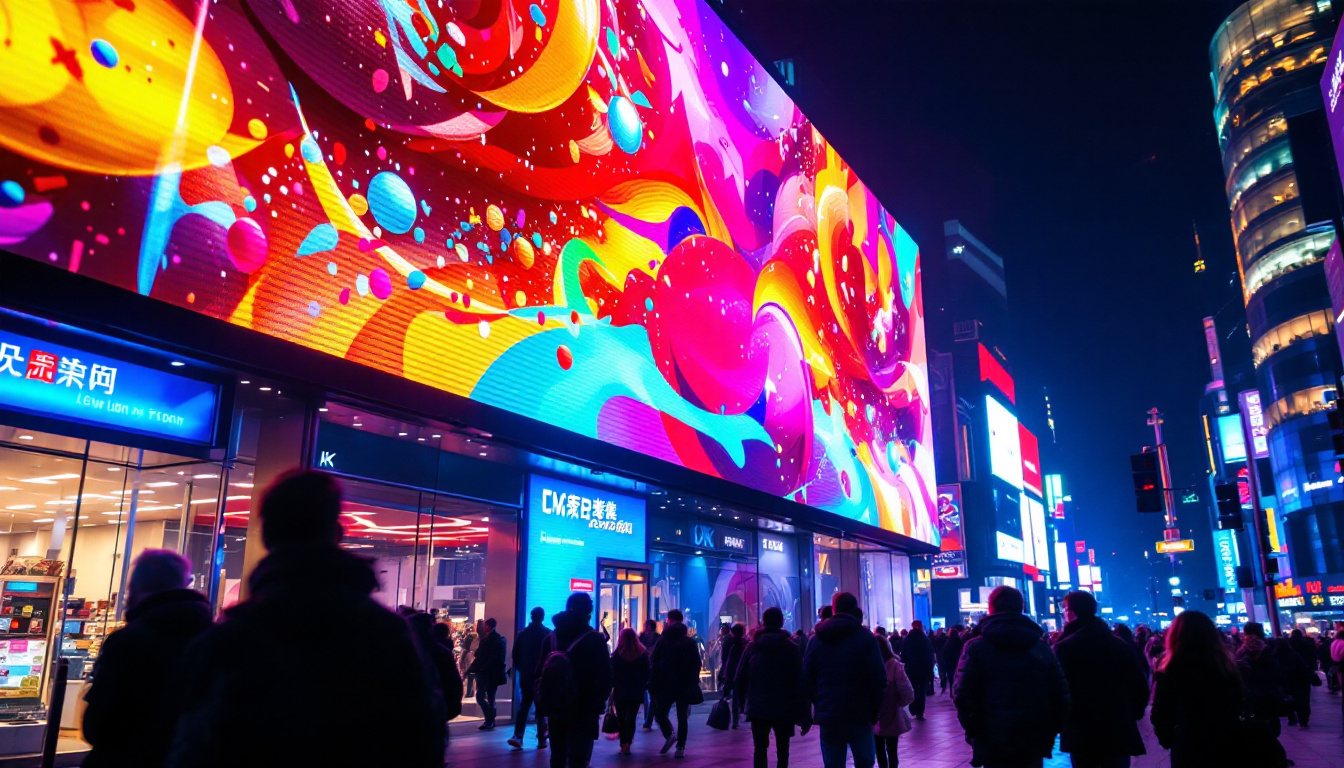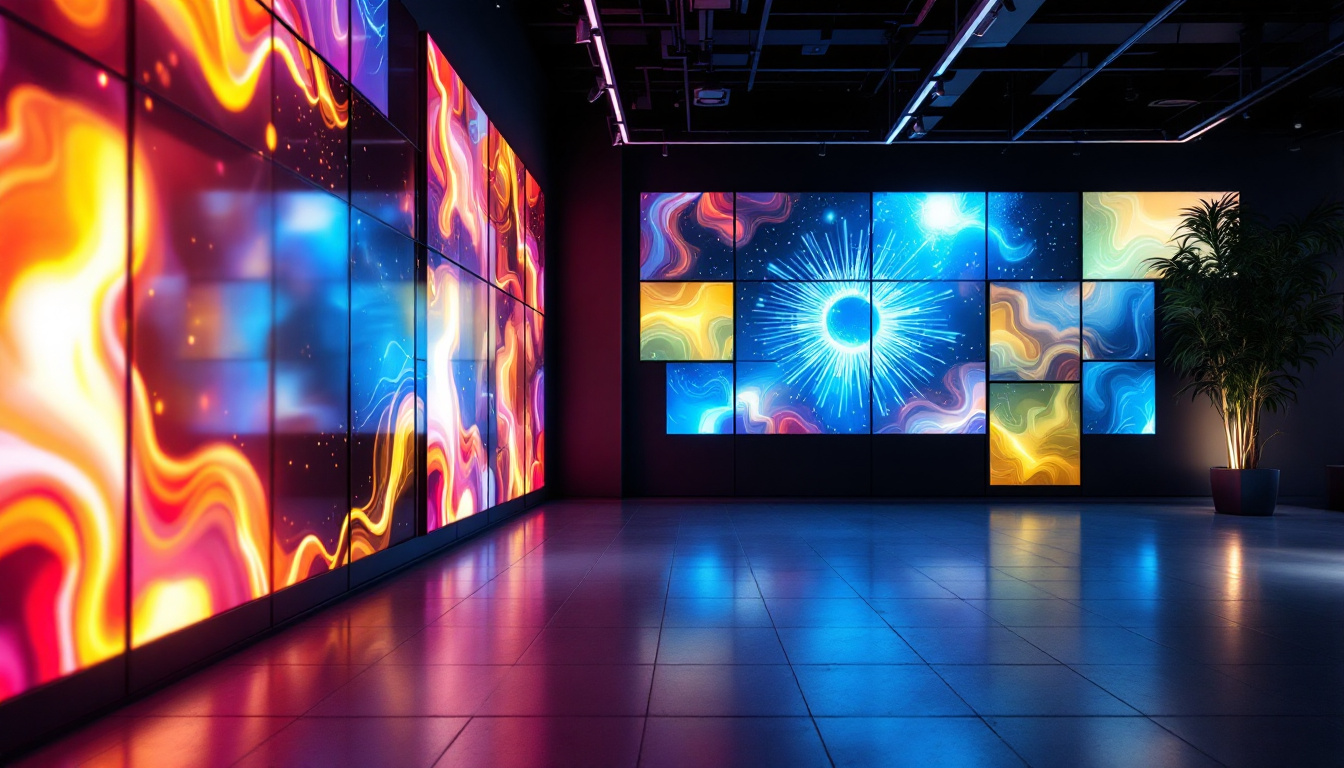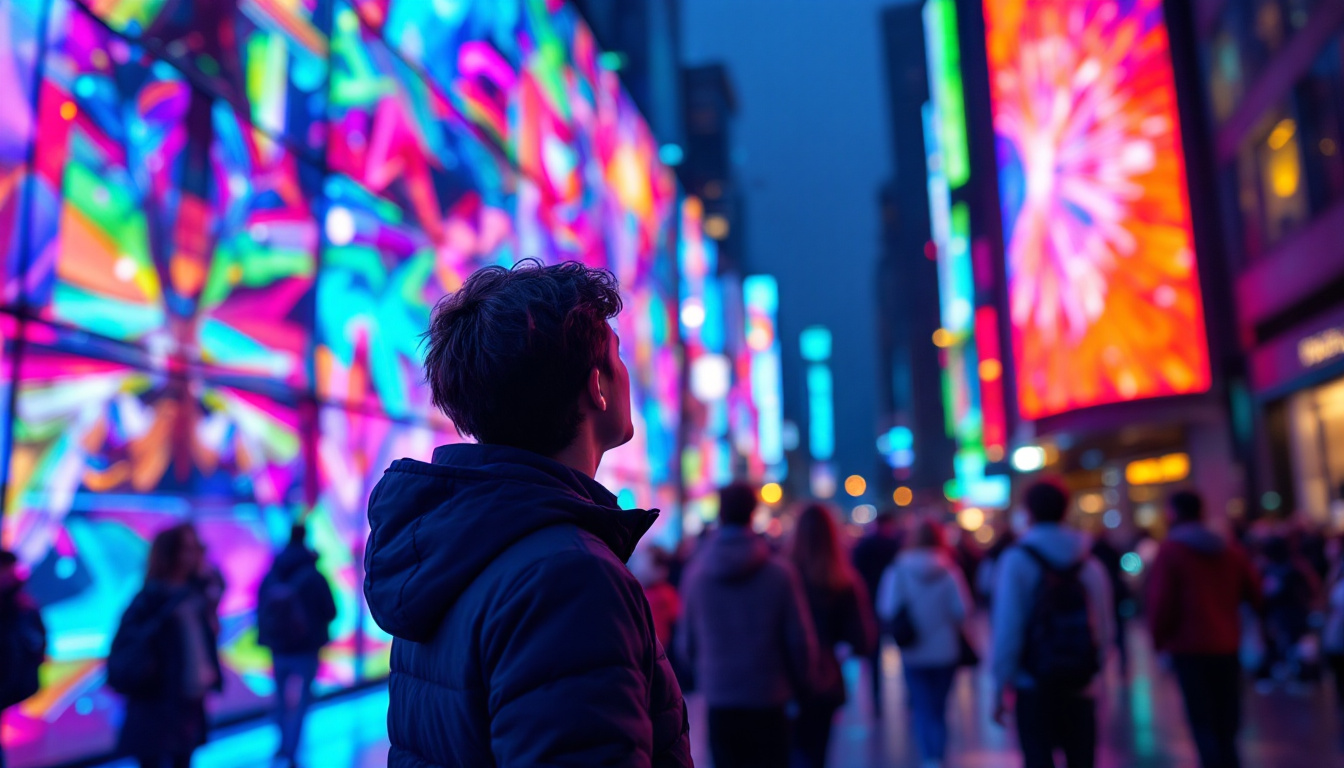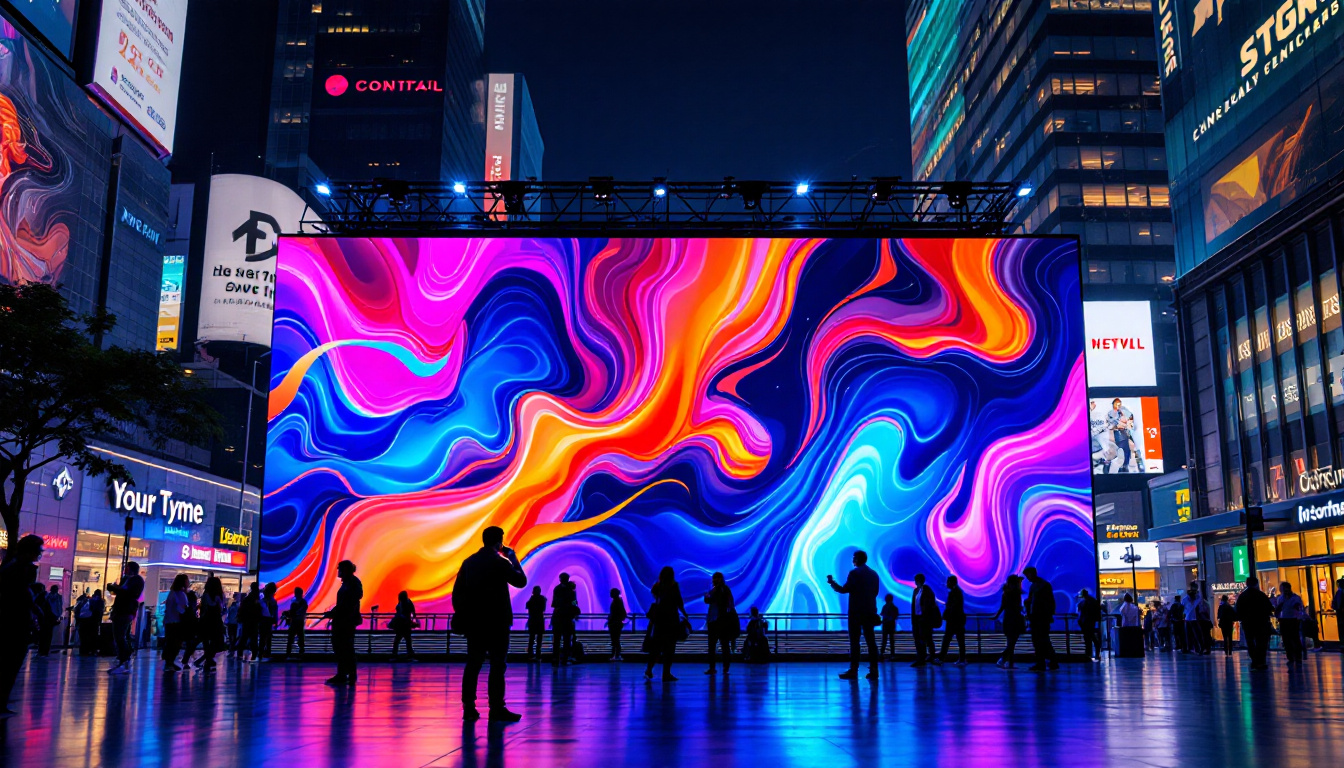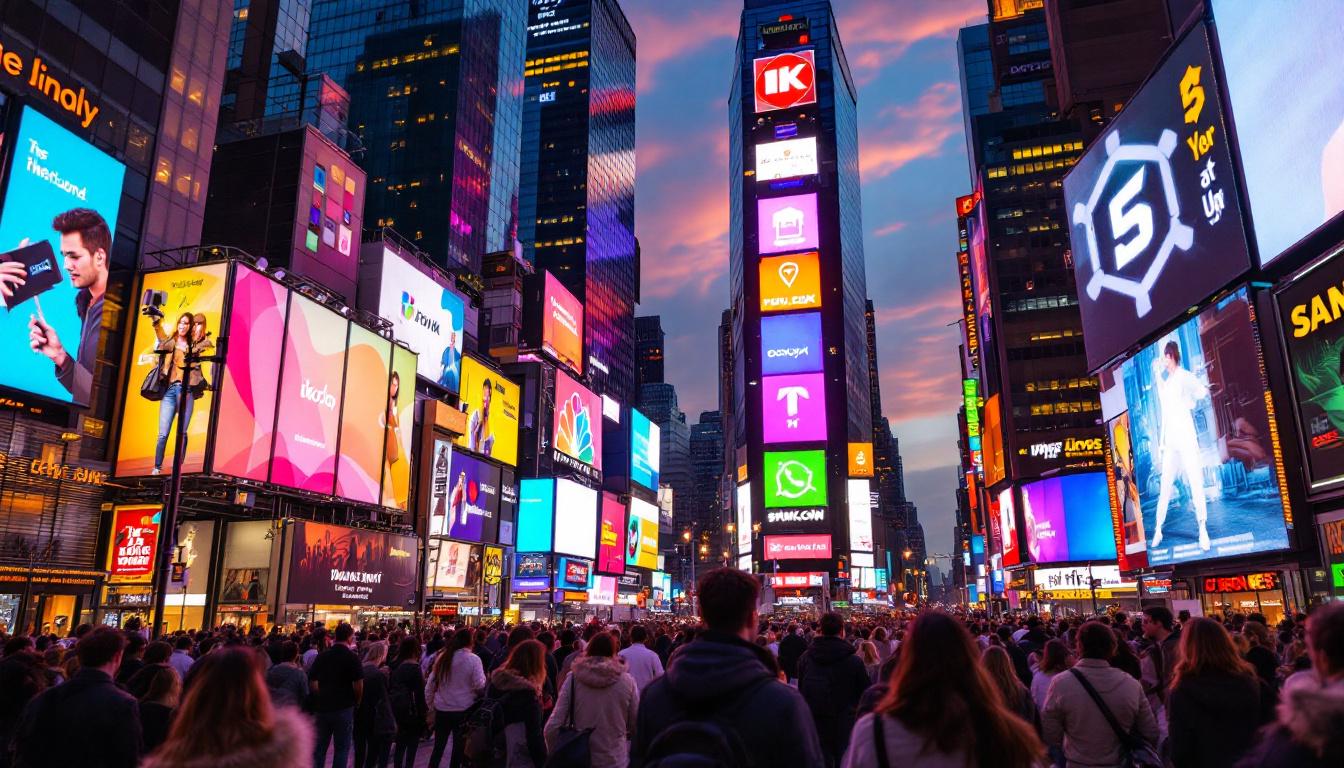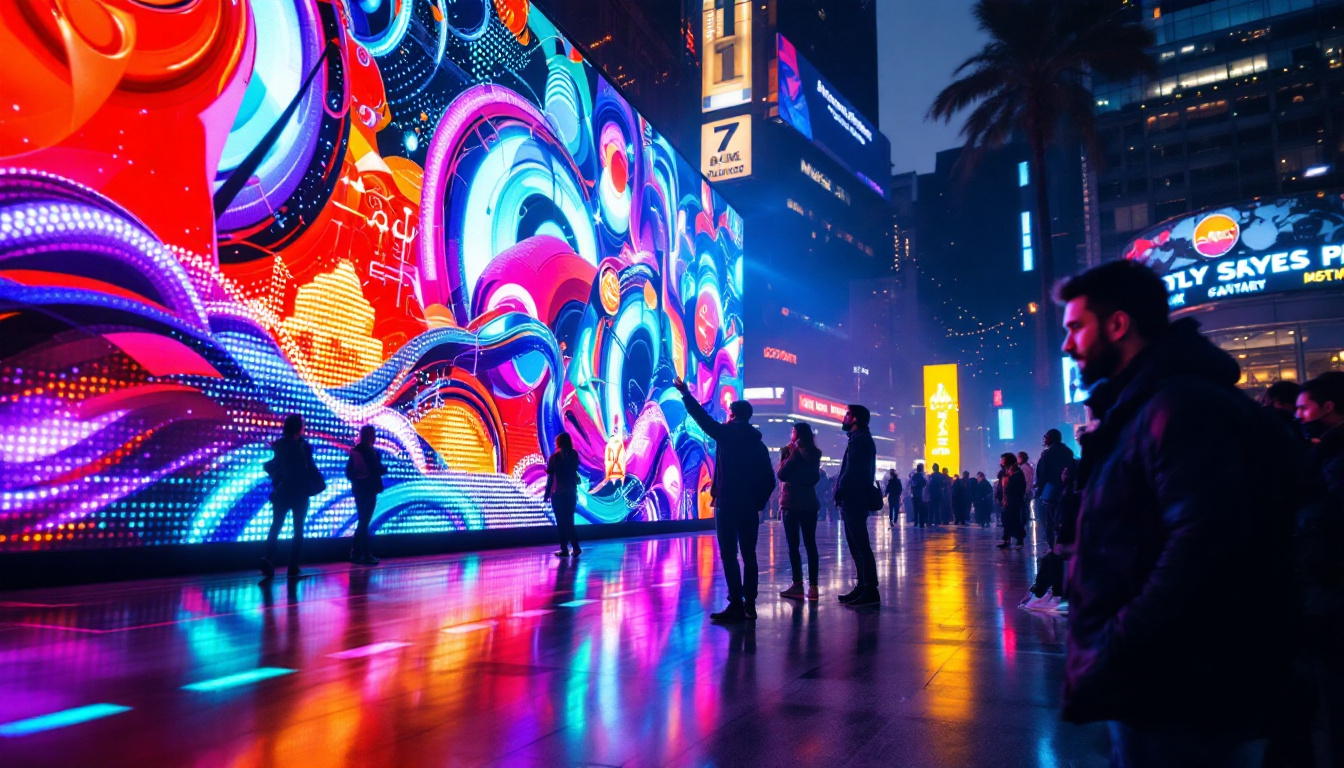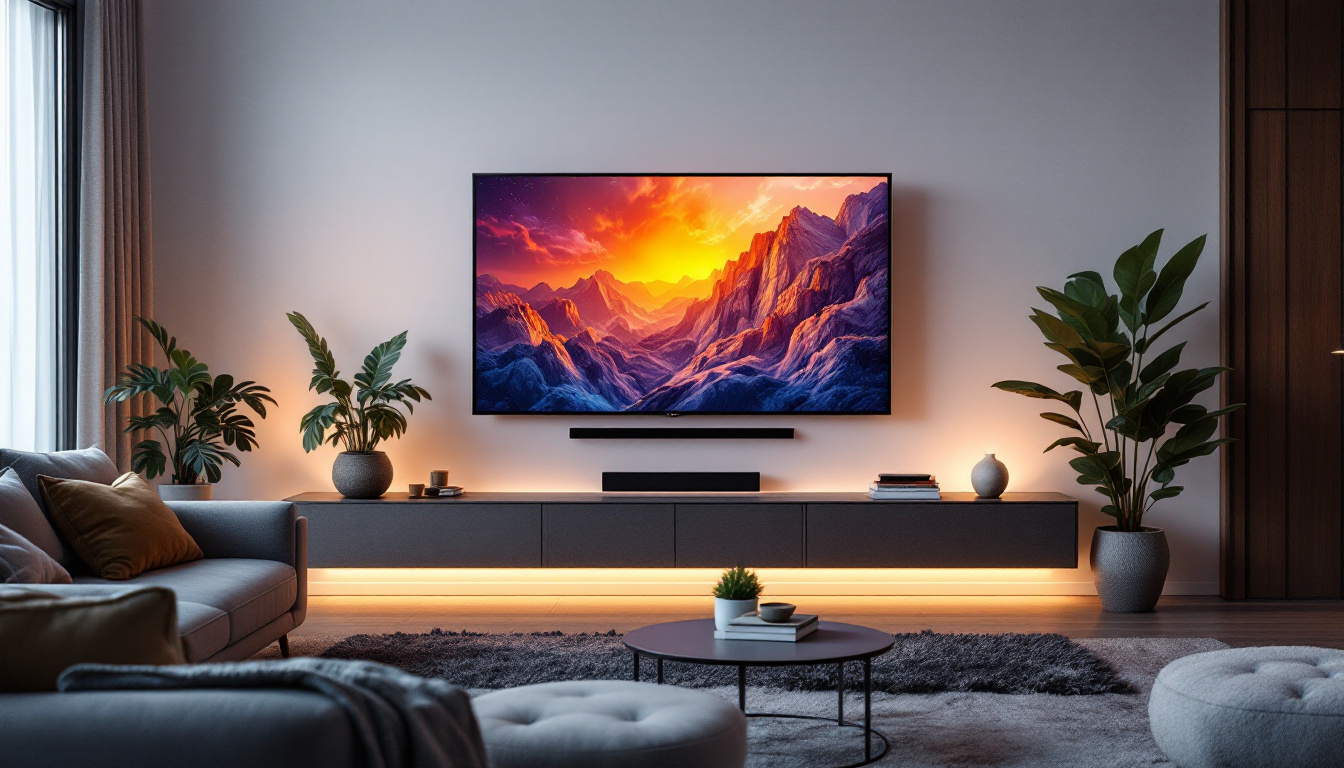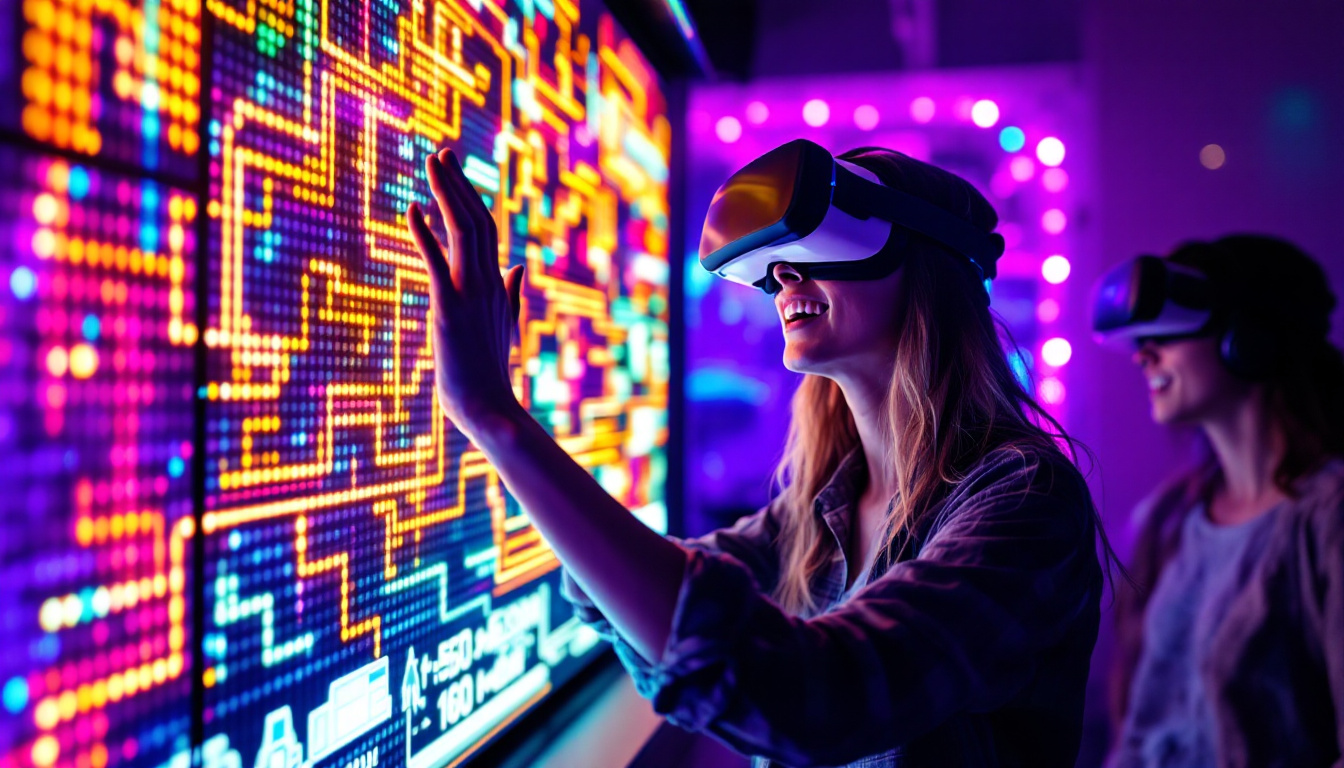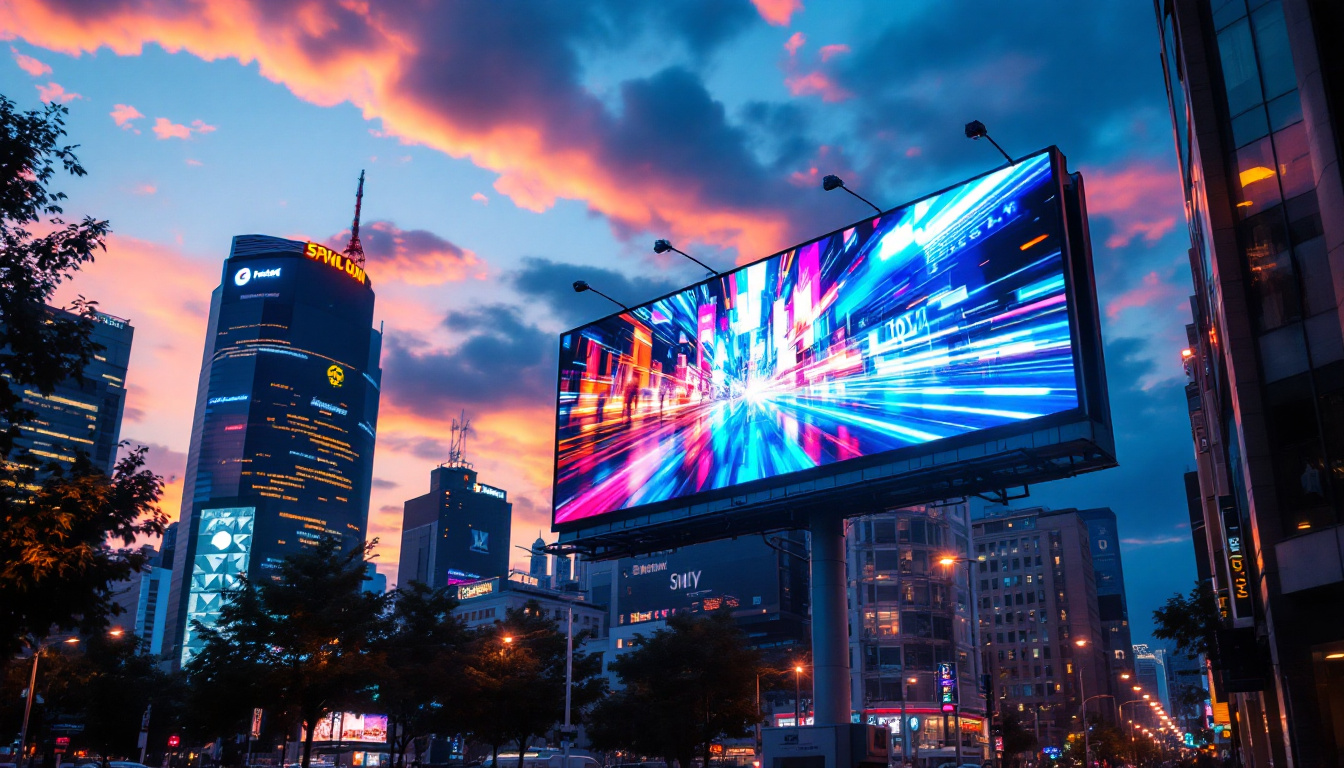In today’s technologically driven world, monitors have become an integral part of our daily lives. From professional environments to personal entertainment, the display technology used in monitors plays a crucial role in delivering visual content. Among the various types of display technologies available, LED (Light Emitting Diode) displays have gained immense popularity due to their superior performance and energy efficiency. This article delves into the intricacies of LED display technology, its advantages, and its applications.
Understanding LED Display Technology
LED displays utilize light-emitting diodes to create images on the screen. Unlike traditional LCDs that rely on fluorescent backlighting, LED monitors use an array of tiny diodes that emit light directly. This fundamental difference leads to several advantages in terms of brightness, contrast, and energy consumption. As a result, LED displays have become the standard for modern televisions, computer monitors, and digital signage, offering users a more immersive viewing experience.
The Basics of LED Technology
At the core of LED technology is the semiconductor material that emits light when an electric current passes through it. These diodes are arranged in clusters, allowing for a more vibrant and dynamic display. The two primary types of LED displays are:
- Edge-lit LED: In this configuration, LEDs are placed along the edges of the screen, and light is spread across the display using a light guide panel. This design is thinner and more energy-efficient but may not offer the same level of uniformity in brightness.
- Full-array LED: This setup features a grid of LEDs behind the entire screen, providing more precise control over brightness and contrast. Full-array displays can also include local dimming capabilities, enhancing the viewing experience in darker scenes.
How LED Displays Work
The operation of an LED display involves several key components. The display panel itself consists of millions of pixels, each made up of sub-pixels that emit red, green, and blue light. By varying the intensity of these colors, the monitor can produce a wide spectrum of hues.
When an image is rendered, the graphics card sends signals to the monitor, instructing it on how to adjust the brightness of each pixel. This rapid response time allows for smooth motion and vibrant visuals, making LED displays particularly suitable for gaming and multimedia applications. Furthermore, advancements in LED technology have led to the development of OLED (Organic Light Emitting Diode) displays, which offer even greater contrast ratios and color accuracy by allowing each pixel to emit its own light, eliminating the need for a backlight altogether.
In addition to their impressive visual capabilities, LED displays are also known for their durability and longevity. Unlike traditional displays that may suffer from burn-in or color degradation over time, LED technology is less susceptible to these issues, making it an ideal choice for applications requiring constant use, such as digital billboards or public information displays. The combination of energy efficiency and long lifespan means that LED displays not only provide stunning visuals but also contribute to lower operational costs and a reduced environmental footprint.
Advantages of LED Displays
LED displays have revolutionized the way visuals are presented, offering numerous advantages over traditional display technologies. These benefits contribute to their widespread adoption in various sectors, including gaming, professional design, and home entertainment.
Enhanced Brightness and Contrast
One of the most notable advantages of LED displays is their ability to produce brighter images with higher contrast ratios. The direct emission of light from LEDs allows for deeper blacks and more vivid colors. This is particularly beneficial in environments with high ambient light, where traditional displays may struggle to maintain visibility.
Furthermore, the local dimming feature in full-array LED displays enhances contrast by selectively dimming areas of the screen that are meant to appear darker, resulting in a more immersive viewing experience. This capability is especially advantageous for watching movies or playing video games, where the depth of color and clarity can significantly impact the overall experience. The ability to render fine details in both dark and bright scenes allows viewers to appreciate the full spectrum of visual storytelling.
Energy Efficiency
Energy consumption is a critical consideration in modern technology. LED displays are significantly more energy-efficient than their LCD counterparts, consuming less power while delivering superior performance. This efficiency not only reduces electricity costs but also contributes to a lower carbon footprint, making LED displays a more environmentally friendly option. In commercial settings, such as retail and advertising, this energy efficiency translates into substantial savings over time, allowing businesses to allocate resources more effectively.
Moreover, as the demand for sustainable technology continues to grow, LED displays are becoming a preferred choice for eco-conscious consumers and organizations. Many manufacturers are now focusing on creating LED displays that not only meet energy efficiency standards but also incorporate recyclable materials, further enhancing their appeal to environmentally aware buyers.
Longevity and Durability
LED technology is known for its longevity. LED displays typically have a lifespan of over 50,000 hours, far exceeding that of traditional displays. This durability means less frequent replacements, which can be a significant cost-saving factor for businesses and consumers alike. Additionally, LED displays are less susceptible to screen burn-in, a common issue with older technologies that can degrade image quality over time.
This resilience makes LED displays ideal for a variety of applications, from digital signage in bustling urban environments to high-end home theaters. Their ability to withstand varying temperatures and humidity levels also ensures that they perform reliably in diverse conditions, making them suitable for both indoor and outdoor use. As a result, industries ranging from transportation to entertainment increasingly rely on LED technology to deliver consistent and high-quality visual experiences.
Applications of LED Displays
LED displays have found applications across various fields, each leveraging the technology’s unique advantages. From commercial use to personal entertainment, their versatility is unmatched.
Commercial Use
In the commercial sector, LED displays are widely used in advertising, digital signage, and corporate presentations. Their high brightness and contrast make them ideal for attracting attention in busy environments such as shopping malls, airports, and stadiums.
Digital billboards, often seen in urban areas, utilize LED technology to convey dynamic advertisements that can be updated in real-time. This flexibility allows businesses to target specific audiences and adapt their messaging quickly.
Gaming and Entertainment
For gamers and movie enthusiasts, LED displays provide an unparalleled visual experience. The rapid response times and vibrant colors enhance gameplay and cinematic experiences, making them the preferred choice for high-performance monitors.
Moreover, many gaming monitors now incorporate advanced features such as high refresh rates and adaptive sync technologies, further enhancing the gaming experience by reducing motion blur and screen tearing.
Home and Office Use
In home and office settings, LED displays are used for everything from general computing tasks to graphic design and video editing. Their ability to render colors accurately and maintain clarity at various angles makes them suitable for creative professionals.
Additionally, many modern LED monitors come equipped with features like blue light filters and flicker-free technology, which reduce eye strain during prolonged use, making them a healthier choice for everyday computing.
Choosing the Right LED Monitor
With a plethora of options available, selecting the right LED monitor can be a daunting task. Several factors should be considered to ensure that the chosen display meets specific needs and preferences.
Screen Size and Resolution
Screen size and resolution are among the most critical factors to consider. Larger screens provide a more immersive experience, especially for gaming and multimedia. However, the resolution also plays a vital role; higher resolutions such as 4K or 1440p offer sharper images and greater detail.
For general office tasks, a 1080p resolution may suffice, but for graphic design or gaming, investing in a higher resolution monitor is advisable to take full advantage of the capabilities of modern graphics cards.
Refresh Rate and Response Time
Refresh rate, measured in hertz (Hz), indicates how many times the display refreshes per second. A higher refresh rate results in smoother motion, which is particularly important for gaming. Monitors with refresh rates of 144Hz or higher are popular among gamers for this reason.
Response time, measured in milliseconds (ms), refers to how quickly a pixel can change from one color to another. Lower response times reduce motion blur, making them essential for fast-paced gaming and action-packed movies.
Connectivity Options
Connectivity options are also crucial when selecting an LED monitor. Ensure that the monitor has the necessary ports to connect to your devices, whether it be HDMI, DisplayPort, USB-C, or others. Compatibility with various devices ensures a seamless user experience.
Future of LED Display Technology
The future of LED display technology looks promising, with continuous advancements aimed at enhancing performance and user experience. Innovations in mini-LED and micro-LED technologies are paving the way for even better displays.
Mini-LED Technology
Mini-LED technology involves using smaller LEDs to create a more densely packed array of light sources. This allows for improved local dimming capabilities and greater control over brightness levels, resulting in enhanced contrast and color accuracy.
As manufacturers adopt mini-LED technology, consumers can expect to see displays that offer even more vibrant visuals, making them suitable for a wider range of applications, from professional design to high-end gaming.
Micro-LED Technology
Micro-LED technology takes things a step further by utilizing individual micro-sized LEDs for each pixel. This approach eliminates the need for backlighting altogether, allowing for true blacks and infinite contrast ratios.
Micro-LED displays are still in the early stages of development but hold the potential to revolutionize the display industry, offering unparalleled picture quality and flexibility in screen sizes.
Conclusion
In summary, LED display technology has transformed the way visuals are presented across various sectors. With their enhanced brightness, energy efficiency, and longevity, LED monitors have become the preferred choice for consumers and professionals alike.
As technology continues to evolve, innovations like mini-LED and micro-LED promise to further enhance the capabilities of displays, ensuring that LED technology remains at the forefront of visual experiences. Whether for gaming, professional use, or everyday tasks, understanding LED displays is essential for making informed decisions in a rapidly changing tech landscape.
Discover Cutting-Edge LED Displays with LumenMatrix
Ready to elevate your visual experience with the latest in LED display technology? Look no further than LumenMatrix, a pioneer in crafting innovative LED display modules designed to amplify your brand and captivate your audience. From the immersive Indoor LED Wall Display to the dynamic Outdoor LED Wall Display, and from the mobile versatility of Vehicle LED Displays to the sleek LED Poster Displays, LumenMatrix offers a comprehensive range of solutions tailored to your needs. Embrace the future of visual communication with our LED Sports Displays, interactive Floor LED Displays, and the transformative All-in-One LED Display. Experience the clarity and impact of our Custom LED Displays and LED Transparent Displays. Check out LumenMatrix LED Display Solutions today and transform the way you share your message with the world.

